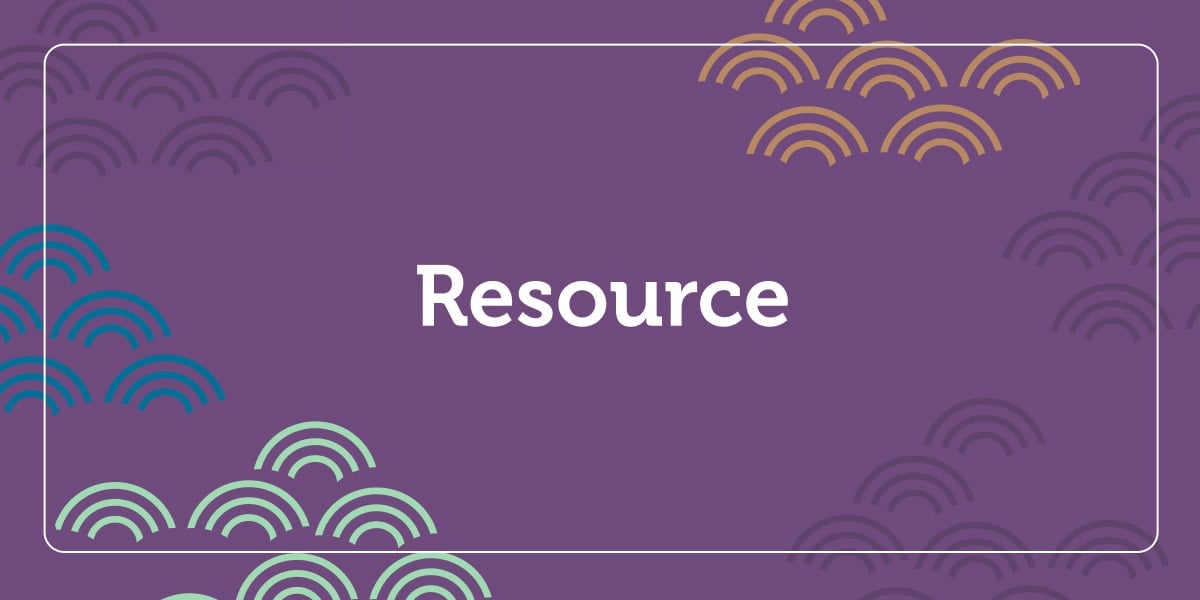
There's plenty of research that shows brain development in early childhood is stimulated by developmentally appropriate practice both at home and with caregivers. With that in mind, Sally and Phill Featherstone hope to boost the infant and toddler teacher student relationship with their 50 Fantastics series.
The 50 Fantastic books offer 50 simple activities that can be done easily with little equipment, and they are quick enough to do in your spare time.
Below is one activity from 50 Fantastic Things to do with Toddlers. Check out the best-selling series for more!
A Sight for a Song: singing about what you can see
What is your child learning?
This activity focuses on two important aspects of child development: developing a sense of rhythm (which has a huge impact on learning) and observing and talking about the world around us.
What you Need:
- You don't need any equipment for this activity.
What to Do:
- Sit with your child in a place where there are plenty of things to see--at a window, in a park, and so on.
- Begin to talk rhythmically about what you see. Use plenty of repetition. For example: "I see a mailman coming up the street. Can you see the mailman coming up the street? We both can see the mailman coming up the street."
- As you talk, begin to tap on your knees or clap your hands to the rhythm of your chant.
- Now start to sing about some more things you can see. Use a familiar tune, such as "Twinkle, Twinkle, Little Star." Here's an example:
- I see a blackbird in the tree.
- I see grandma's tabby cat.
- Can you see the blackbird in the tree?
- Can you see grandma's tabby cat?
5. Don't worry about trying to make the words rhyme (although you can if you feel creative!) or about keeping in tune. Just keep the song and rhythm going.
Helpful Hints:
Hold your child's hands in yours and gently wave, clap, or tap in time to your song. Make up simple songs about what your child is doing to help her focus on herself and her actions.
Did you Know?
Music is a very important brain builder, and clapping or tapping makes it even more effective.
For more great activities, check out 50 Fantastic Things to do with Toddlers by Sally and Phill Featherstone!
Author(s)Phill Featherstone, Sally Featherstone
Jenna Roby
A graduate of High Point University, Jenna Roby served as marketing specialist for Gryphon House from 2013-2015.

